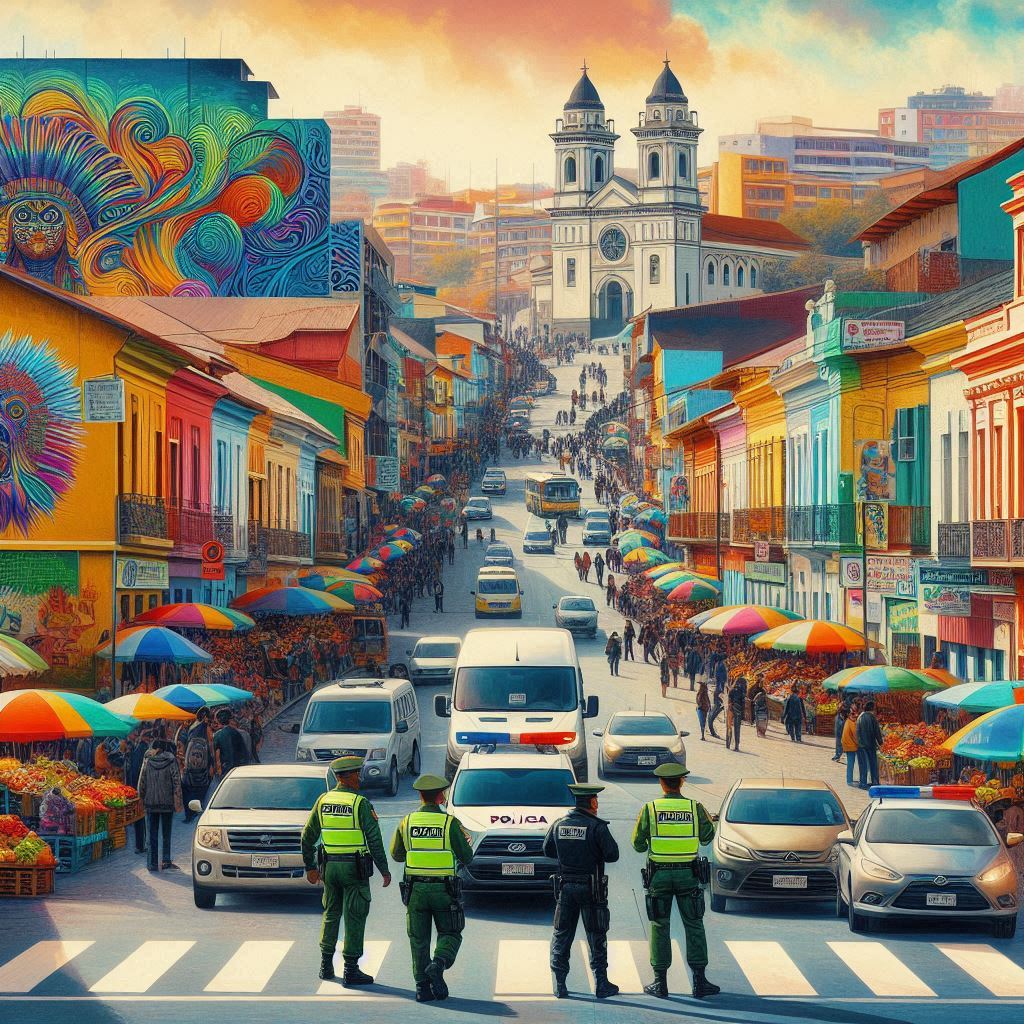
In recent weeks, several countries across Latin America have declared states of emergency in response to a range of challenges, including political unrest, natural disasters, and escalating violence. From Peru and Ecuador to Honduras and Haiti, these declarations signal the severity of the crises facing various governments. While local populations are directly impacted, the situation raises concerns for tourists planning to visit the region, particularly as the holiday season approaches.
Understanding how these emergency measures could affect travel plans is critical for visitors hoping to navigate Latin America’s shifting political and social landscape.
Reasons for States of Emergency
Each country has its unique reasons for declaring a state of emergency, with common themes of political instability, social unrest, and natural disasters shaping government responses.
In Ecuador, President Daniel Noboa recently declared a state of emergency in several provinces after a surge in violent crime, linked to drug trafficking and organized gangs, threatened public safety. Key cities, including the capital, Quito, and the port city of Guayaquil, have seen rising violence, prompting increased security measures, curfews, and military involvement in law enforcement.
Similarly, Peru has been dealing with protests since the ousting of former president Pedro Castillo in 2022. While protests have quieted in recent months, sporadic demonstrations and blockades in rural regions have led to temporary states of emergency to restore order. In southern regions like Puno and Cusco, tourists could face roadblocks or transportation disruptions, particularly near major attractions like Machu Picchu.
In Honduras, escalating gang violence has prompted a state of emergency in several urban centers. The government has ramped up efforts to dismantle criminal organizations that have deeply entrenched themselves in cities like Tegucigalpa and San Pedro Sula. As part of this effort, the military is conducting operations in residential areas to seize weapons, drugs, and dismantle illegal enterprises.
Haiti has also been in the global spotlight due to its political instability and the grip of armed gangs on large parts of the capital, Port-au-Prince. Gang-related violence has reached unprecedented levels, and the Haitian government has struggled to regain control. The state of emergency remains in place, with international bodies such as the United Nations calling for urgent assistance.
Impact on Tourists
The declarations of emergency across these countries could have significant implications for tourists, both in terms of safety and the logistical challenges they might face.
Increased Security and Military Presence
In countries like Ecuador and Honduras, tourists can expect an increased military presence in cities and at key infrastructure points like airports and bus stations. While the heightened security may deter criminal activity, it can also create a more tense atmosphere for visitors unfamiliar with local dynamics. In some cases, checkpoints and curfews could limit movement, especially at night, potentially impacting travel plans or the ability to explore cities freely.
For example, Guayaquil’s crime wave has led to frequent patrols in tourist areas, with authorities urging visitors to stay within designated safe zones and avoid traveling alone. The country’s most popular tourist destinations, like the Galapagos Islands, remain largely unaffected, but travelers passing through the mainland should remain vigilant.
Travel Disruptions and Curfews
States of emergency often involve curfews and restrictions on public gatherings, which could disrupt transportation and tour schedules. In Peru, for instance, travelers planning to visit Machu Picchu may face road closures or strikes in Cusco that can complicate their journey. Local guides and tour operators have reported sporadic cancellations or delays due to protests blocking highways or shutting down regional airports.
In Honduras, travelers should be aware of potential disruptions in Tegucigalpa and San Pedro Sula, where local authorities have been conducting large-scale operations. Tourists are advised to stay in close contact with hotels and tour companies to keep up-to-date with any curfew announcements or travel advisories.
Safety Concerns
While many of the affected countries rely heavily on tourism, ensuring the safety of both locals and visitors remains a priority. Governments have issued reassurances that tourists will be protected, but some embassies and consulates have issued travel advisories encouraging extra caution.
In countries like Haiti, travel advisories have become more stringent, with many countries urging their citizens to avoid non-essential travel. The instability there poses a significant risk to tourists, particularly in areas controlled by armed groups. Access to healthcare, clean water, and emergency services may also be limited in the most affected areas.
Tips for Tourists
For those still planning to visit Latin America during a state of emergency, there are several precautions travelers can take to stay safe:
- Stay Informed: Regularly check travel advisories from official sources, including government websites and embassy updates. Keep informed about local developments and avoid areas known for unrest.
- Register with Your Embassy: Consider enrolling in a traveler registration program that allows your embassy to locate and assist you in case of emergencies.
- Adjust Travel Plans if Necessary: Be flexible with your itinerary and prepare for possible delays. Keep communication lines open with local tour operators and hotels.
- Have a Contingency Plan: Know where to go for help in case of an emergency. This could mean familiarizing yourself with nearby hospitals, police stations, and embassies.
Conclusion
While the state of emergency declarations in Latin America reflect serious challenges, tourists who stay informed and cautious can still enjoy safe and memorable visits to the region. By understanding the local context and taking appropriate precautions, visitors can navigate these situations while minimizing risk.



